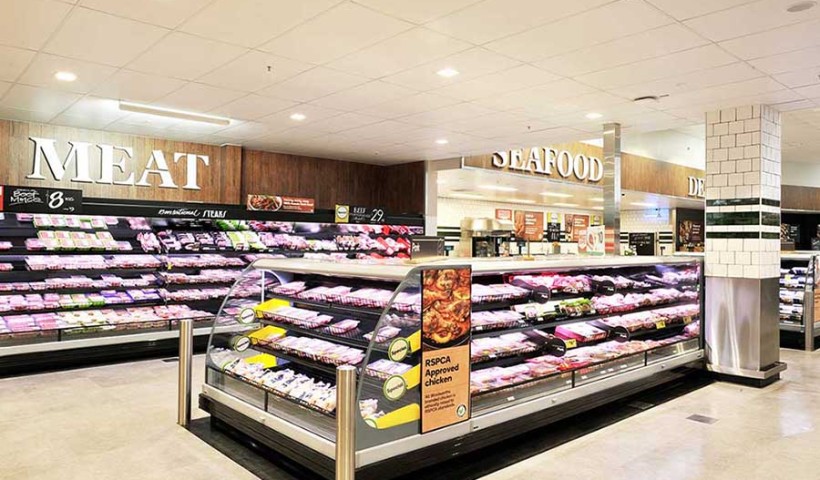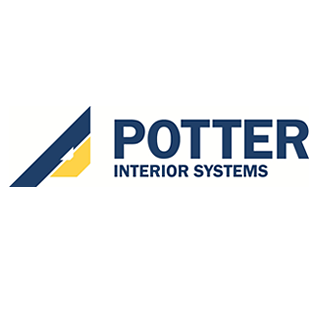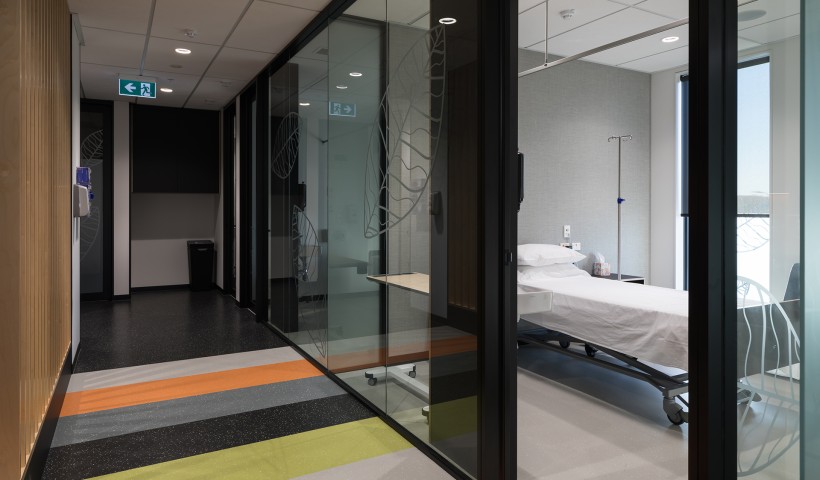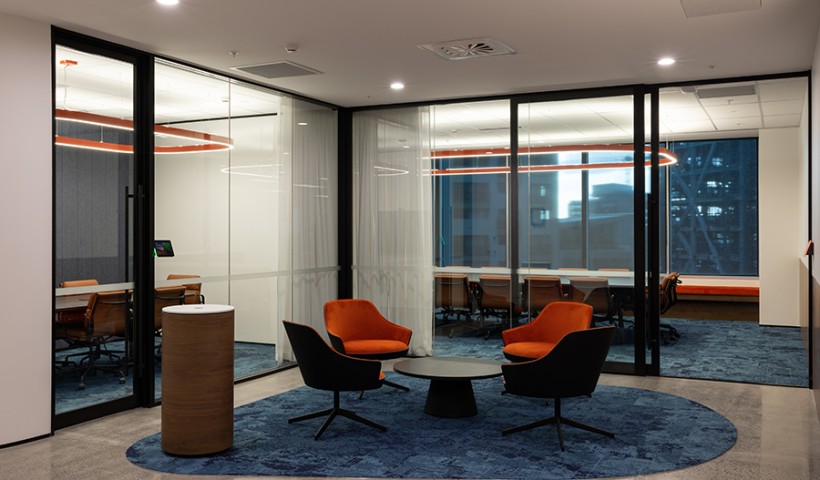
Plasterboard is typically required on site before plumbers, electricians, fire and HVAC contractors can begin to carry out their works, so what happens when you don’t have the plasterboard?
You are using an outdated browser version not supported by this website.
Click here to upgrade your browser
5,247 products with technical literature, drawings and more from leading suppliers of NZ architectural materials.
Case studies, new products and product news from leading suppliers of NZ architectural materials.
Blogs for architectural specifiers, offering product, design and business advice.
 Library
Library
 Brands A–Z
Brands A–Z
 EBOSSNOW
EBOSSNOW
 Detailed
Detailed
 Account
Account
A leading supplier of building materials to the commercial industry-including ceiling panels, aluminium partitioning, acoustic and thermal insulation, whiteboards and passive fire solutions.

Plasterboard is typically required on site before plumbers, electricians, fire and HVAC contractors can begin to carry out their works, so what happens when you don’t have the plasterboard?

When treating service penetrations, the size of the aperture is an important part of firestopping and should be considered alongside the type of substrate and type of pipe or cable in order to select the best solution.

Treating service penetrations correctly can get complicated quickly. Whilst services trades are masters at their key profession, it is all too common that they haven’t undergone any formal training on the passive fire aspects of the job site.

A look at the key barriers to achieving compliant fire ratings on large buildings — particularly high-rise apartments — in today’s construction climate and an alternative method to overcome these.

An outline of the new acoustic requirements from the latest version of the Ministry of Education's Designing Quality Learning Spaces (DQLS) requirements.
New and updated architectural products, design solutions, inspiration, technical advice and more when you sign up for EBOSS.




 Popular Products from Potter Interior Systems
Popular Products from Potter Interior Systems


 News from Potter Interior Systems
News from Potter Interior Systems
